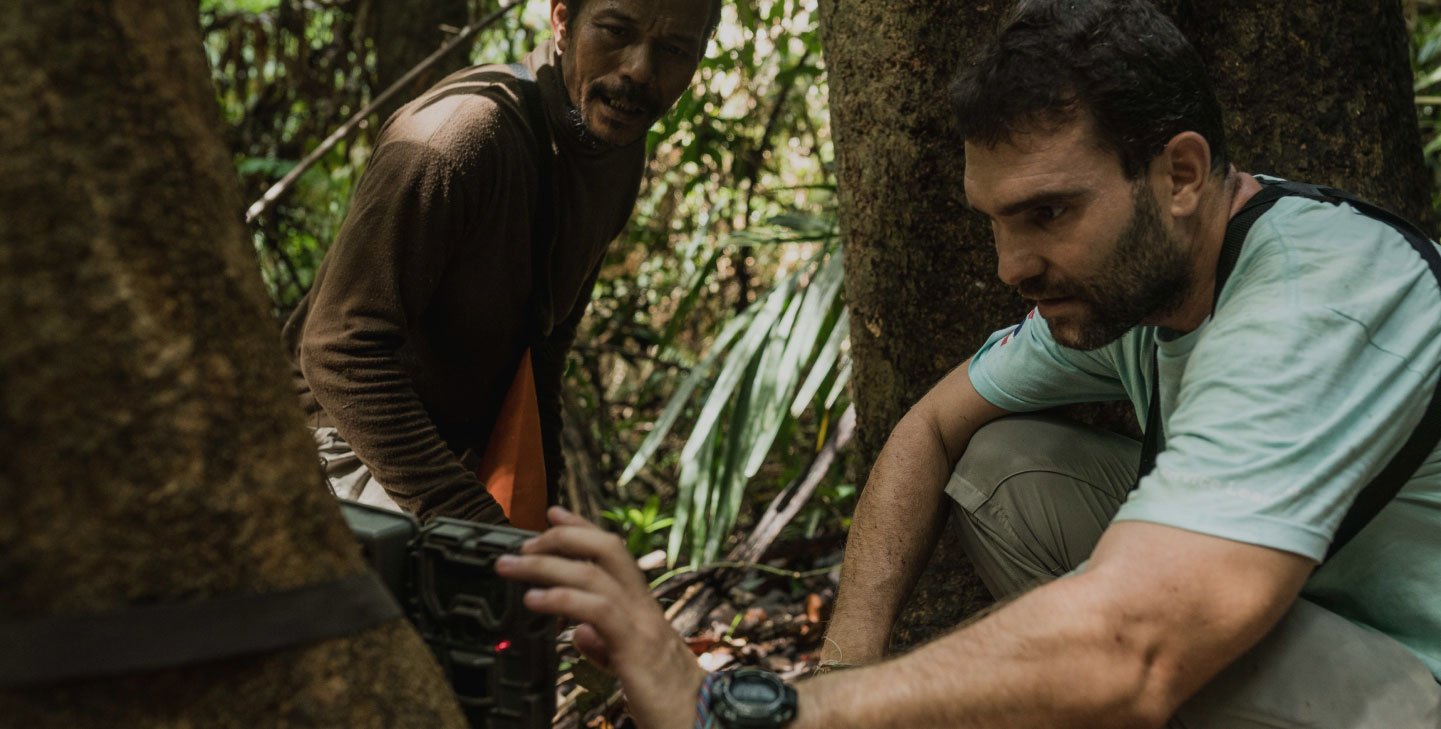Course information
Book before the end of July 2025 and receive up to a AUD170 scholarship
Keen to start your conservation career? One of the most important skills any conservationist can have in their professional toolkit is the ability to conduct surveys of natural habitats. That’s because scientific conservation research is vital to the success of most conservation projects. Any conservation team highly values someone with data collection skills.
Our Conservation and Scientific Research online course, which is offered in partnership with the University of Richmond and UNC Charlotte, will show you how surveys are tied to conservation/management objectives, species identification, environmental impacts, survey planning, survey logistics, and health and safety in the field.
The course material is based on GVI’s more than two decades of experience conducting conservation research in remote locations around the world in close collaboration with local organisations. In fact, because we want all our conservation interns to know how to conduct scientific conservation research, this course is included in the program fee of all our conservation internship abroad programs.
This course is for anyone interested in increasing their ability to make a meaningful contribution to conservation projects. This could be a high school, college or graduate student interested in pursuing a career in conservation, a mid-career corporate professional looking to make a career switch to conservation or even a retired senior who is interested in conservation citizen science initiatives.
After completing this course you’ll be able to:
Want to show colleges, universities and employers that you’ve got the knowledge and skills covered in this course? Once you’ve successfully completed any of our courses, we’ll send you a digital certificate of completion at no additional cost. The certificate will feature the official name of the course and your name. Add the certificate to your college application, your graduate school application, your job application or your LinkedIn page.
Start by learning about the different techniques that could be used for monitoring a natural environment. Find out what the advantages, disadvantages and limitations are of each technique. Learn how to identify the potential negative impacts a surveying technique could have on local habitats, individuals or populations of species or even communities, and find out how these can be mitigated.
Learn what the term “target species” means in the context of conservation research surveys. Understand why certain species are targeted for monitoring, including the role they play in a specific ecosystem and the current or former threats to the survival of the species. Find out how to identify these species while on a survey including their behaviour, what kinds of sounds they make and what they look like during different stages of their life, times of the year and other changing factors.
Find out why it’s important to partner with local organisations to achieve conservation objectives. Use GVI conservation projects as a case study to learn about how international organisations and volunteers can collaborate with local organisations, communities and individuals.
Learn how to plan and lead a survey. This includes preparing a brief with instructions on which species will be targeted, how surveying equipment will be used and which safety procedures should be followed. It also includes providing a debrief after the survey listing key achievements and noting any problems that might need to be addressed for future surveys.
Conservation research is often carried out in remote locations. This is why health and safety procedures are so important. You’ll learn how to set up health and safety protocols for surveys and how to use Emergency Action Plans (EAPs). Topics covered include: first aid requirements for a survey, how to ensure reliable transport and the importance of establishing meeting points.









